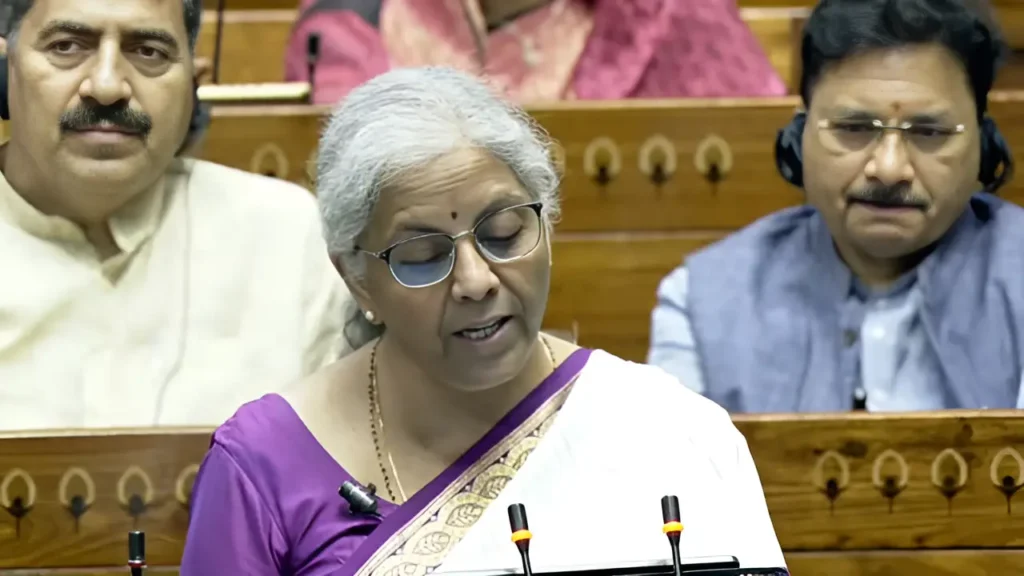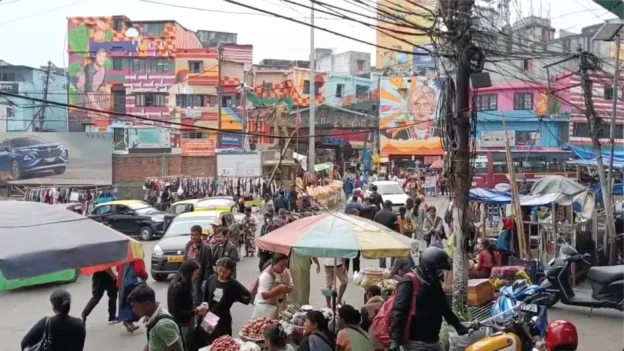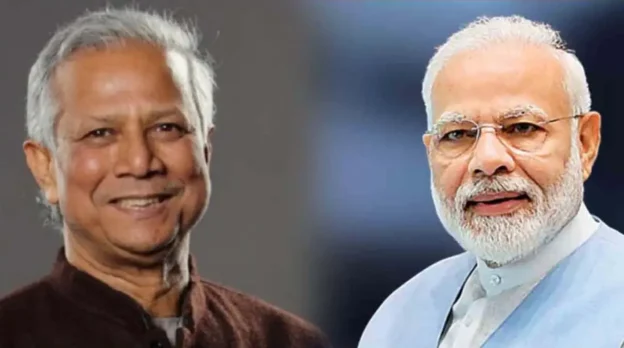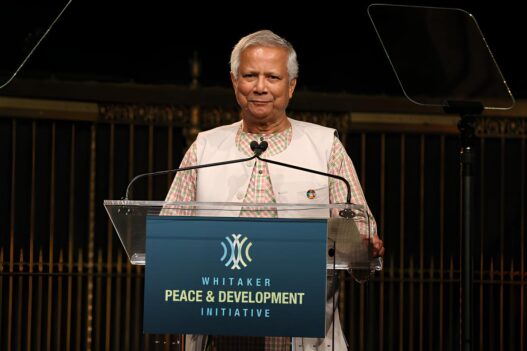The Union Budget 2025, unveiled by Finance Minister Nirmala Sitharaman, reinforces the Indian government’s commitment to mainstreaming the Northeast into the national growth narrative. Far from being viewed merely through the prism of security, the region is increasingly being positioned as a critical economic and geostrategic frontier. Given its unique geography—bordering five countries and constituting more than 99% of its boundary as an international border—the Northeast is central to India’s Act East vision and its aspirations for deeper economic integration with Southeast Asia.
Recalibrating connectivity: The UDAN expansion
One of the budget’s standout provisions is the enhanced scope of the UDAN (scheme, which has already proven instrumental in democratizing air travel in remote regions. The modified UDAN now envisions 120 new destinations, specifically targeting the Northeast’s topographical challenges through a network of smaller airports and helipads in hilly and aspirational districts. The aim is to ferry 40 million passengers over the next decade, reinforcing last-mile connectivity and ensuring that economic activity is no longer constrained by infrastructural bottlenecks.
This initiative dovetails with the larger objective of positioning the Northeast as a logistics and transit hub, unlocking economic corridors that integrate the region with the Indian heartland while also facilitating cross-border commerce. Improved connectivity will stimulate tourism, trade, and industrial investments—creating a multiplier effect that could redefine the region’s economic trajectory.
Strategic industrialization: Namrup urea plant as a game-changer
The announcement of a 12.7 lakh metric tonne urea plant in Namrup, Assam, marks a pivotal moment in the Northeast’s industrial roadmap. The facility, described as a “game-changer” by Assam Chief Minister Himanta Biswa Sarma, is not merely an economic intervention but a strategic recalibration of the region’s resource utilization. By leveraging its abundant natural gas reserves, Assam is poised to become self-sufficient in fertilizer production—reducing dependency on imports and enhancing the agricultural value chain.
More significantly, the move aligns with the broader push to industrialize the region in a manner that integrates it with national supply chains. With the semiconductor facility in Jagiroad already in the pipeline, the Namrup urea plant signals a shift towards high-value industrial investments, setting the stage for greater employment generation and skill development in the Northeast.
Political optics and regional reception
The budget’s emphasis on the Northeast has drawn unequivocal praise from state leadership across the region. Chief Ministers have lauded the strategic interventions, recognizing them as steps that could fundamentally alter the Northeast’s economic landscape. Industry bodies and chambers of commerce, too, have welcomed the budget, citing its focus on infrastructure, logistics, and industrial capacity-building as a long-overdue corrective measure.
Politically, this budget further consolidates the BJP-led NDA government’s footprint in the region, carving out a space that was historically dominated by the Congress. By addressing legacy issues such as connectivity deficits and economic isolation, the ruling dispensation is strengthening its positioning as a government that is delivering on its Act East commitments.
Beyond borders: The Northeast as a strategic pivot
While the Act East Policy remains the guiding framework for India’s engagement with its eastern neighbours, Myanmar’s political instability has complicated cross-border trade and connectivity plans. However, the budget’s focus on internal infrastructure development suggests a tactical recalibration—where the Northeast is being developed as a self-sustaining economic node before being fully integrated into transnational supply chains.
In this context, the investments announced in the Union Budget 2025 are not just economic imperatives; they are geostrategic manoeuvres designed to ensure that the Northeast transitions from being India’s periphery to becoming its gateway to the Indo-Pacific. The infusion of capital into connectivity and industrialization is, therefore, not just about bridging developmental gaps—it is about anchoring the Northeast firmly within the larger matrix of India’s economic and strategic ambitions.
In sum, the Union Budget 2025 lays down a transformative blueprint for the Northeast—one that is not only designed to accelerate economic momentum but also to position the region as a linchpin in India’s long-term growth strategy. By embedding connectivity, industrialization, and geopolitical foresight into its policymaking, the government is ensuring that the Northeast is no longer viewed as a remote outpost but as a dynamic frontier of opportunity.







